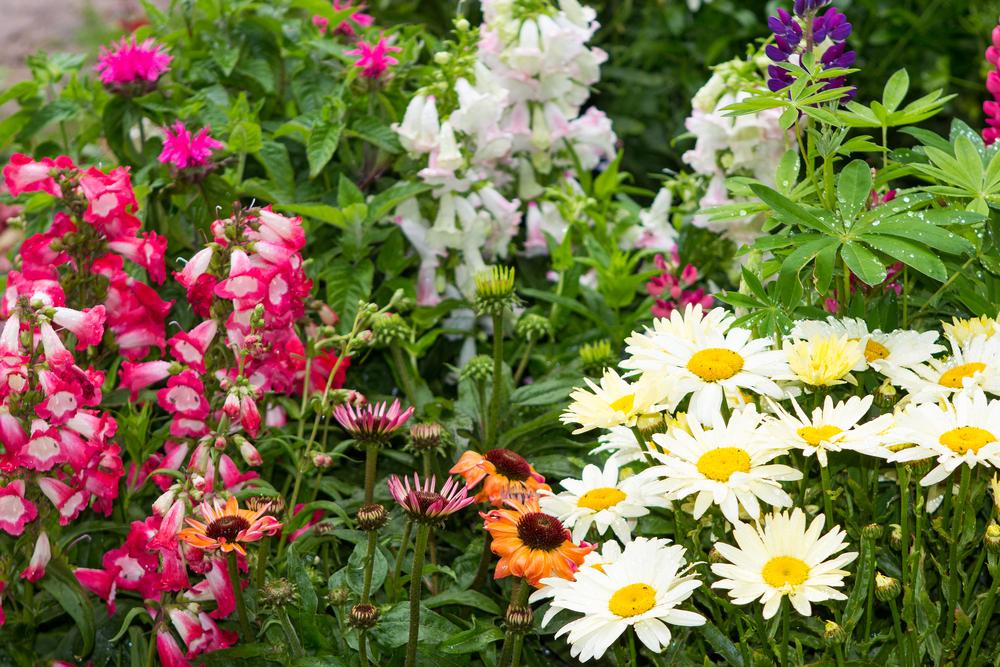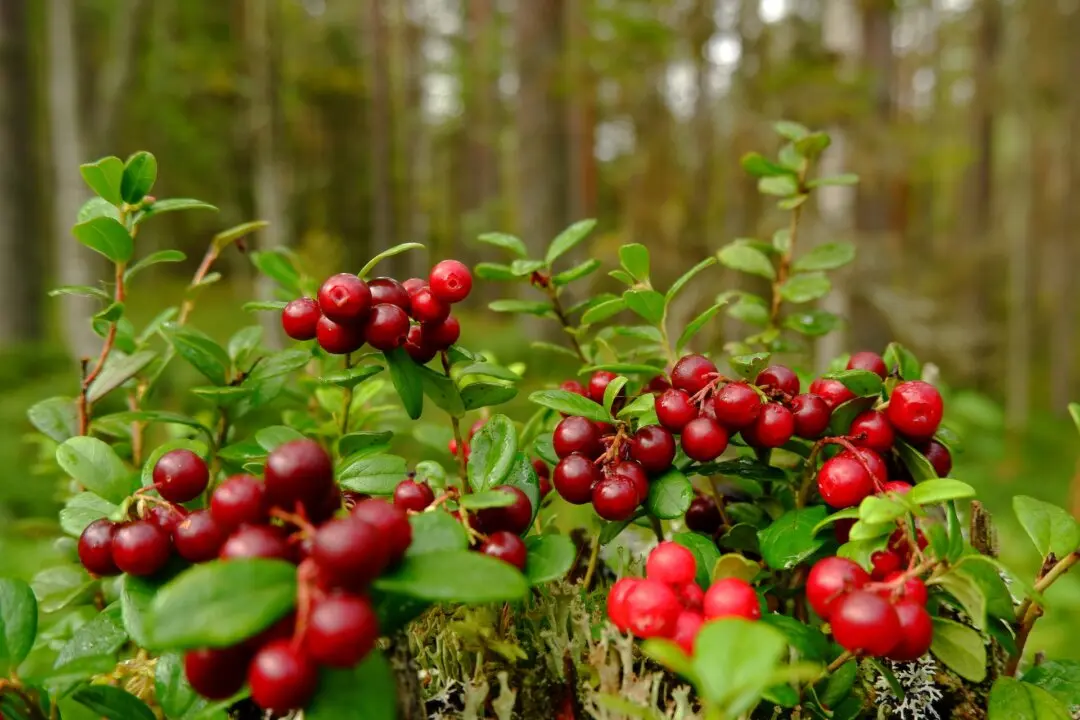Q: Can you help me remember the difference between annuals and perennials? For some reason, I have it in my mind that a perennial is a plant that I have to keep planting and an annual is a one that replaces itself annually. I know that is wrong, but how do I remember it correctly?
A: Have you ever had to make an annual payment for something like your taxes or membership dues in a club? You make the annual payment once each year. You have to plant annual plants once each year, too. A perennial is something that happens over and over again, and perennial garden plants come back each year over and over again. So, what do you think biennial plants are? They are plants that live for two years.





